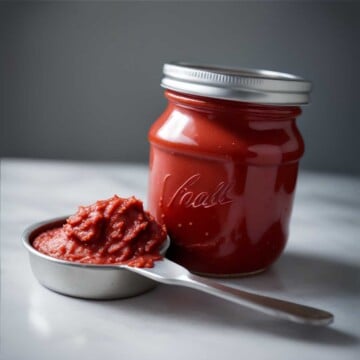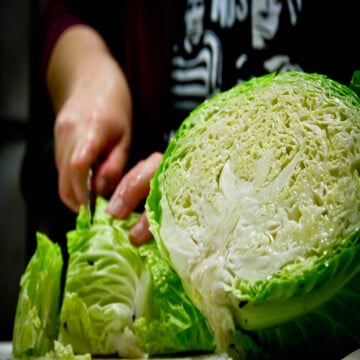Whether you're a first-timer aiming to impress your guests or a seasoned chef looking to refine your techniques, our tips are designed to elevate your turkey game.
From mastering the perfect oven position to achieving that coveted crispy skin, we've got you covered. So, tie on your apron, and let's embark on this flavorful adventure together, transforming your Thanksgiving feast into a memorable culinary experience! 🦃✨

Oven Positioning: The Secret to Even Cooking
Positioning is everything when it comes to cooking a turkey. The back of the oven is typically the hottest spot, making it ideal for the turkey's legs, where the dark meat is. This ensures that the meat cooks evenly and thoroughly.
If you're working with a smaller oven, a simple 180-degree rotation four times during the cooking process can make a world of difference.
Temperature Matters: Knowing When It's Done
- White Meat: A juicy and safe internal temperature of 160°F.
- Dark Meat: Optimal doneness is achieved between 170-175°F.
The Golden Rule: Achieving Crispy Skin

The key to that irresistible crispy skin is ensuring your turkey is dry before you start cooking. Wet skin steams instead of crisping up in the oven.
Patting the turkey dry with paper towels, especially if it has been sitting out for a while before seasoning, is crucial. Remember, this step is a game-changer for that perfect golden brown skin.
Maximum crispy skin is achieved when deep-fried.
Extra Moisture: The Butter Beneath the Skin
Adding butter under the turkey's skin can make a significant difference in keeping the meat moist and flavorful. Be gentle as you work with the skin to avoid tears, and it's always a good idea to remove rings or any jewelry that might snag.
Cheesecloth Magic for a Moist Breast
A lesser-known yet effective technique involves draping butter-soaked cheesecloth over the turkey breast. This method allows for a flavorful, moist result, especially when you start the oven at a high temperature (450°F) and then lower it after 30 minutes.
Frying a Turkey: A Flavorful Alternative
Frying a turkey is all about the texture and flavor. Opt for peanut or canola oil for a richer taste. Remember, safety first: ensure the turkey is completely thawed and dry to prevent dangerous oil splatters.
The Resting Period: An Essential Step
Resting the turkey after cooking is not just a suggestion; it's a necessity. This period allows the juices to redistribute, ensuring your turkey is as juicy and flavorful as possible. A good 40 minutes to an hour of resting should do the trick.
Room Temperature: The Starting Point
Begin with a turkey that's at room temperature to ensure even cooking. Placing a cold turkey in the oven can result in uneven cooking, with the exterior overcooking while the interior remains underdone.

Selecting Your Turkey: What to Look For
Choosing the right turkey is vital. Younger, smaller turkeys tend to be more tender. Look for labels indicating minimal processing and no antibiotics. Also, be mindful of overpriced options; often, they don't offer additional benefits in terms of flavor or quality.
Dry Brining: A Modern Twist

Instead of the traditional wet brine, consider a dry brine. This involves coating the turkey in a seasoned salt mixture, which not only flavors the meat but also helps achieve that crispy skin we all love.
Seasoning: The Art of Salt
Turkey, being a naturally bland bird, benefits greatly from generous seasoning. Don't be afraid to add a bit more salt than you might think is necessary. It's all about finding that perfect balance to enhance the turkey's flavor.
Non-Soggy Skin: Avoiding the Baste
For those who love crispy skin, avoid basting the turkey. Once you remove the cheesecloth, let the skin crisp up in the oven's heat without additional moisture.
Posts To Visit
Crispy Chicken Skin Techniques with Roasted Curry Cauliflower





Leave a Reply